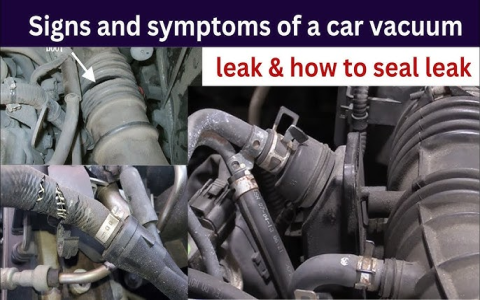Vacuum diagrams for the 5.3L engine in your Silverado 1500 provide a visual map of the vacuum system, essential for troubleshooting issues like rough idling or poor brake performance. Locate the diagram under the hood or in your owner's manual, then follow these steps for easy interpretation.
Identify Key Components
The vacuum system connects devices such as the brake booster, EGR valve, and PCV system. Start by finding these symbols on the diagram, labeled with abbreviations like "BOO" (Brake On/Off) or "PCV" (Positive Crankcase Ventilation). Use a flashlight for clarity if diagram lines are faded.
Trace Lines and Colors
Lines on the diagram represent vacuum hoses. Follow each line from its source (e.g., intake manifold or pump) to the component endpoint. Solid lines typically denote main vacuum sources, while dashed lines may indicate vents or secondary paths. Color coding often helps:

- Red - High vacuum paths like to the brake booster.
- Blue - Medium vacuum routes, e.g., EGR control.
- Green - Low vacuum areas, such as PCV valves.
Verify hose integrity in your truck by comparing diagram routes to physical connections, checking for cracks or loose clamps.
Troubleshooting Tips
To diagnose issues, disconnect hoses one at a time and listen for vacuum leaks (hissing sounds). Match diagram labels to component locations, using a multimeter for electrical sensors. For 5.3L models, common problems include leaky check valves or clogged vacuum reservoirs. Clean the diagram with a dry cloth to maintain readability.

